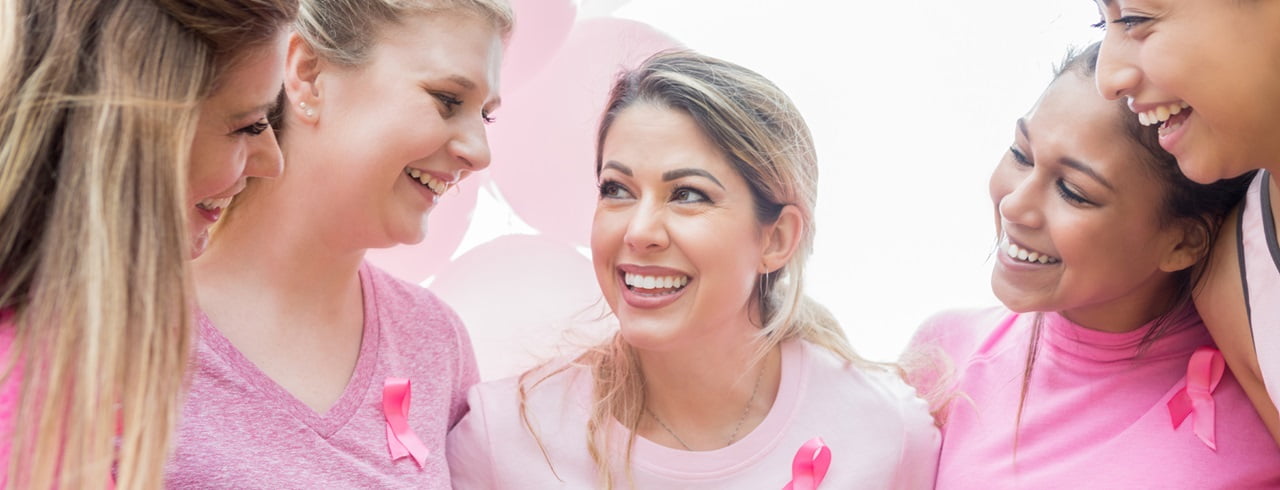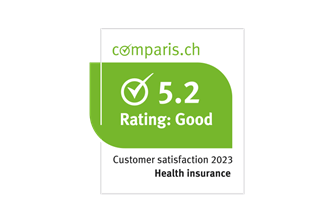
Breast cancer facts
Almost a third of carcinomas among women are diagnosed in the breast. The most frequent form of breast cancer, known in medical parlance as ductal carcinoma, originates in the milk ducts. If the condition originates in the lobules of the breast, it's termed lobular carcinoma.
Symptoms
- Palpable hardening or knots in the area of the breast
- Changes in the skin such as indentations or bulges in the area of the breast
- Sudden inflammation, reddening of the breast or orange-peel skin
- Inflammation of or fluid discharge from the nipple
- A change in the size difference between the breasts
- Enlarged lymph nodes around the armpit, collarbone or breastbone
- Inexplicable weight loss
These symptoms may, but don't necessarily, indicate breast cancer. Whatever the case, you should always get them checked out by a doctor – especially if you have an elevated risk of breast cancer.
Young women also affected
Although the risk of contracting breast cancer increases particularly over age 50, younger women are also affected. Around one fifth of all sufferers are below 50 when diagnosed. Even men can get breast cancer, although it's rarely diagnosed and in most cases affects men over age 60.
According to the Swiss Cancer League, other factors besides age can increase the risk of breast cancer. They include:
- Family members in the first degree (mother, sister or daughter) diagnosed with the disease
- Hereditary dispositions through so-called BRCA mutations, abnormalities in the genes related to breast cancer
- Hormonal influences: in cases where the woman has her first period before age 12 or her last after age 55, gives birth to her first child after age 30, or has many years of combined hormone therapy for the symptoms of menopause
- Radiation therapy for other forms of cancer
- Obesity, smoking and drinking
Prevention and therapy
The earlier the cancer is detected, the easier the therapy and the greater the patient's chance of survival. Finding out whether a woman has breast cancer involves a mammogram (an X-ray examination of the breast) or biopsy (removing a tissue sample). The most common treatment methods are chemotherapy, radiation therapy and antibody therapy or surgery (these days more likely to involve breast reduction rather than complete removal).
Solidarity with sufferers
The 15th edition of the Pink Ribbon Charity Walk will take place on 25 September 2022 – after three years finally on site again at the Letzigrund stadium. Pink Ribbon expects around 5,000 runners and walkers to join. The main aim of the event is to show solidarity with people affected by breast cancer. As in the years before, SWICA supports Pink Ribbon Switzerland. For more information on the Charity Walk check pink-ribbon.ch.
Video of the Pink Ribbon Charity Walk 2019 (in German):
21.06.2023




